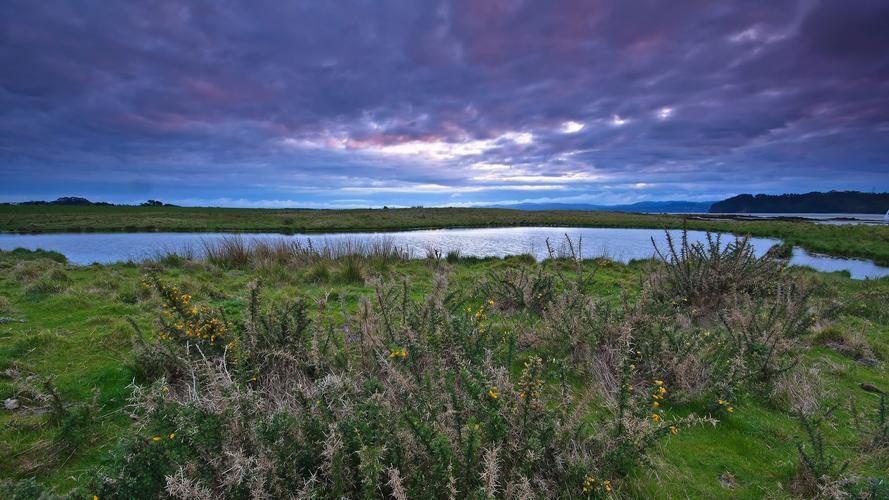Exploring the Seventh Planet: Fascinating Uranus Information
Uranus, the Seventh Planet from the Sun, is a fascinating celestial body that has captured human interest for centuries. This ice giant is peculiar in many ways, and it remains one of the least explored planets in our solar system.
In this article, we will explore some of the most exciting facts and insights about Uranus and discover why this planet is worth our attention.
The Discovery of Uranus
Uranus was first discovered by William Herschel, a German-born British astronomer, in 1781. Herschel observed a faint object that he initially thought was a comet but eventually realized was a planet.
Uranus is the first planet to be discovered using a telescope. Its blue-green color distinguishes it from the other planets in our solar system, as it is primarily composed of methane gas. Interestingly, this is the same gas present in natural gas used for cooking and heating.
Uranus’ Characteristics
At the time of its discovery, Uranus was thought to be a gas giant like Jupiter and Saturn. However, recent studies reveal that it has a different internal structure.
Uranus has a rocky core surrounded by an icy mantle. Its atmosphere is mostly hydrogen and helium, but it also contains methane and trace amounts of other gases.
One of the most peculiar aspects of Uranus is its extreme axial tilt of 98 degrees. Unlike most planets, Uranus is tilted on its side, appearing to roll around the Sun. This unique tilt causes extreme seasons and long days and night cycles on the planet, with each pole having 42 years of sunlight followed by 42 years of darkness.
Exploration of Uranus
Only one spacecraft has ever visited Uranus – NASA’s Voyager 2 in 1986. During its flyby, Voyager 2 discovered ten new moons and two distinct sets of rings.
Since then, no other spacecraft has been sent to Uranus, making it one of the least explored planets in our solar system. Some scientists, however, have proposed sending a new mission to Uranus to study its unique magnetosphere and uncover more of its mysteries.
The Moons of Uranus
Uranus has a total of 27 known moons, each with distinct characteristics and features. The five largest moons are Miranda, Ariel, Umbriel, Titania, and Oberon.
Miranda is the smallest and the most diverse moon, with different terrains like fault canyons and ice tectonics. Ariel has the most intriguing geological features, while Umbriel is known for its cratered surface. Titania and Oberon are large and similar in appearance, with extensive networks of fractures and valleys.
Conclusion
Uranus, the seventh planet from the Sun, remains one of the least explored planets in our solar system. Its peculiar tilt, unique internal structure, and diverse moons make it a promising candidate for further exploration and research.
Despite its distance and challenging environment, scientists hope to uncover more exciting facts and insights about Uranus in the future.
(Note: Do you have knowledge or insights to share? Unlock new opportunities and expand your reach by joining our authors team. Click Registration to join us and share your expertise with our readers.)
Speech tips:
Please note that any statements involving politics will not be approved.
